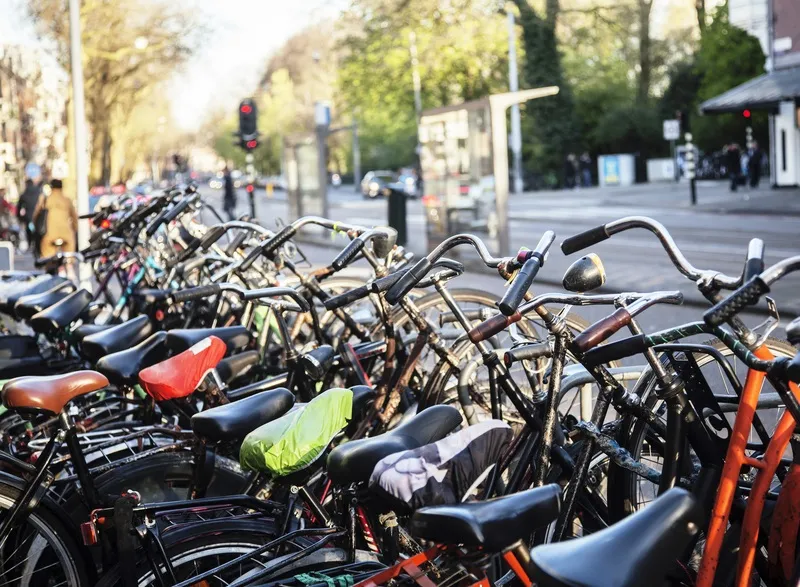Commissioned by the Royal Institute of Dutch Architects (BNA), a multidisciplinary team consisting has collaborated on a study that examines the future potential of the integration of infrastructure and city development around the area of Amsterdam’s A10 ring road and the Lelylaan area.
The study, carried out by architects/urban designers UNStudio, mobility consultants
The result of the study formulates solutions that reconcile the disparate nature of the highway and the city through the injection of new programs and amenities, alongside improved accessibility, to make the A10 and its surrounding neighbourhoods a desirable destination with a positive presence in the city.
The hub, a mixed-use district, offers a smooth mobility connection that will allow users to transition between private cars and public transport; from petrol-driven cars to electric mobility; from driving to walking and cycling.
Offering parking, restaurants and retail, the hub also includes a stop for
The hub also features a charging station for electric mobility and, through the use of locally stored car batteries, will function as an energy supply centre in for the surrounding area during peak hours.
In addition to the development of the hub and the connecting transit systems, the study also considered the A10, introducing flexibility in the direction of travel of the lanes. This also allows smarter use of the existing space, depending on the time of day.
Study develops mixed-use transport hub for Amsterdam
Commissioned by the Royal Institute of Dutch Architects (BNA), a multidisciplinary team consisting has collaborated on a study that examines the future potential of the integration of infrastructure and city development around the area of Amsterdam’s A10 ring road and the Lelylaan area.
November 11, 2016
Read time: 2 mins
Related Content












